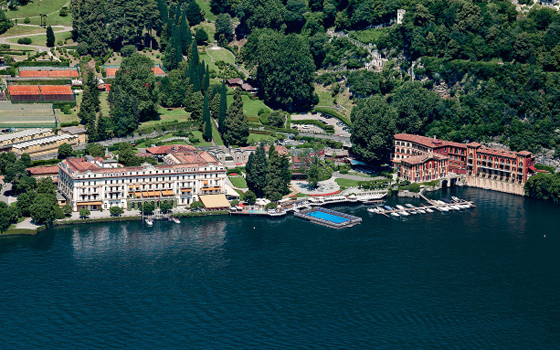AT THE end of each summer Italian business leaders, politicians and journalists mingle with foreign guests at the Ambrosetti Forum in the Villa d’Este by the shores of the lovely Lake Como. This year, the breezes off the lake carried something not scented in almost a decade: a whiff of optimism about the Italian economy.
GDP in the second quarter was up by an annual 1.5%, and on September 5th the government’s statisticians said that leading indicators pointed to “a reinforcement of the prospects for growth”. The previous week, they had sounded a less positive note, reporting that the unemployment rate had risen from 11.2% in June to 11.3% in July. But even that held a kernel of promise. The unemployment rate measures the proportion of job-seekers out of work, and in July some 115,000 Italians became job-seekers. Not all found jobs, which is why the unemployment rate went up. But those who did pushed the total number in work to more than 23m for the first time since 2008. Italians, in other words, seem to be more hopeful that there are at last jobs to be had.
The entrepreneurial can look forward to easier credit too. A state bail-out in July of Italy’s oldest and shakiest bank, Monte dei Paschi di Siena, coupled with the rescue of two lenders in the Veneto region, has left Italy’s troubled financial sector looking healthier. Its wellbeing should improve as banks start selling off a mountain of bad loans weighing on their balance sheets. Italy’s caretaker prime minister, Paolo Gentiloni, was on hand at the forum to mop up congratulations. His government has also engineered a sharp fall in the number of migrants crossing the Mediterranean from Libya.
Problems nevertheless remain. Even if the new, rosier forecasts prove correct, the Italian economy will still be a drag on the euro zone as a whole. Latest figures show the single-currency area growing at an annual 2.2%. Still, the gap between Italy and the euro zone as a whole is narrowing.
A labor reform package brought in by the previous government of Matteo Renzi relied heavily on providing employers with financial incentives to give workers steady jobs. Those incentives ran out last year. A sharp rise in the proportion of employees on fixed-term contracts points less to labor-market flexibility than to employers relying on easily disposable and under-trained employees. Juvenile unemployment remains a painful 35.5%.
There are external threats too. The strength of the euro is bad news for a country that exports a lot outside the euro zone. When the European Central Bank eventually stops buying government bonds, the cost of refinancing Italy’s huge public debt (a whopping 132.6% of GDP at the end of 2016, one of the highest in the EU) will rise.
Marcello Messori, of LUISS university in Rome, sees the large debt, which also cramps the government’s ability to stimulate the economy, as one of Italy’s two most important handicaps; the other being low productivity. An encouraging number of Italian firms are at the cutting edge of technological innovation. But, he says, their knowledge diffuses only slowly to the rest. In some cases, that is because the bosses of small, often family-run, companies are wary of raising capital for innovative investment and so losing control. In others, the resistance comes from big companies that find it easier to seek out cosy arrangements in an economy with a big overlap between the private and public sectors.
How willing Italy’s politicians will be to shake up those arrangements remains to be seen. Unless they can agree on a new electoral law before the general election, which has to be held by next May, the most likely outcome is a hung parliament, with either a minority government or a grand coalition of left and right, neither of which looks likely to pass radical structural reforms. Keep that prosecco on hold.
The Economist
























































